Lesson Note and Plan on Mathematics
Whole numbers 1-5
Subject: Mathematics
Theme: Number & Numeration
Topic: Whole numbers 1-5
Date: dd/mm/yyyy
Class: Basic 1
Duration: 35 Minutes
No of Learners: 30
Learning Objectives:
By the end of the lesson learners should be able to:1) sort and classify number of objects in a group or collection;
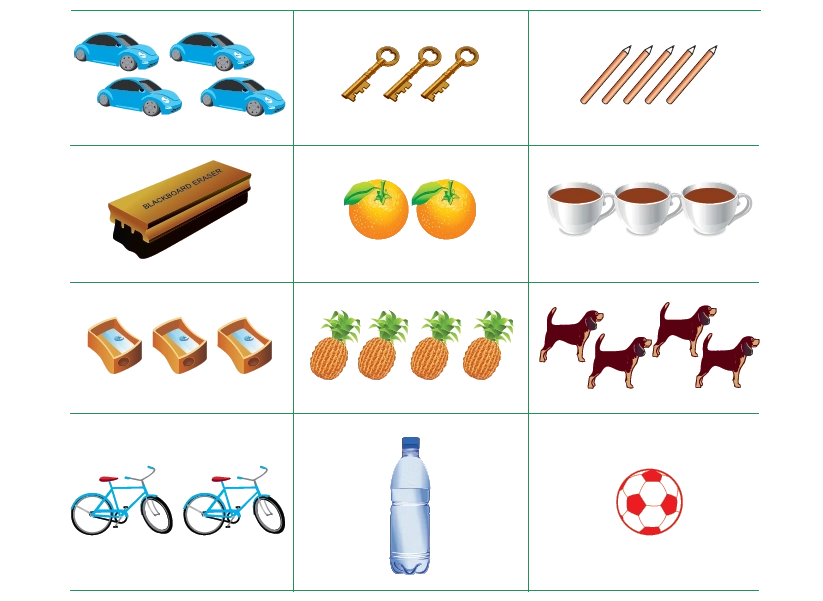
2) identify number of objects in a group or collection;
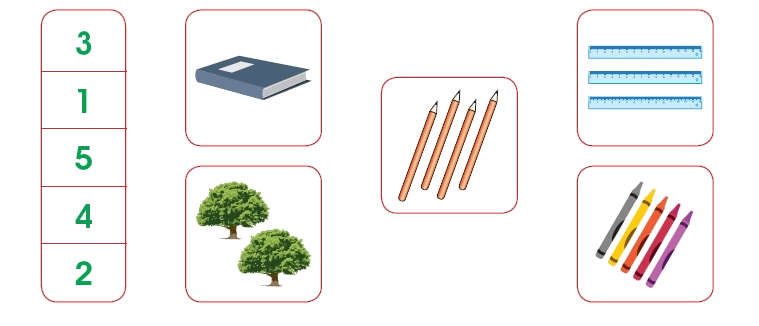
3) count correctly number 1-5;

4) write correctly number 1-5;
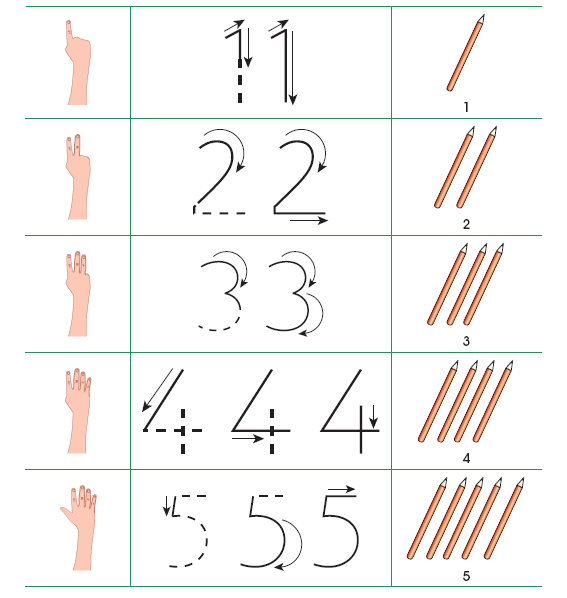
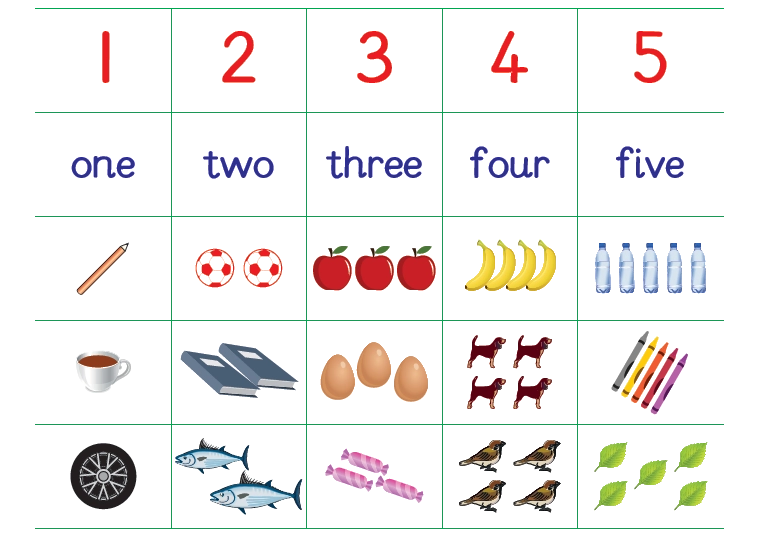
5) arrange; numbers 1-5 in order of their magnitudes (quantities)

Rationale:
Knowing how to count with rote counting is a little different than being able to count with rational counting. Rational counting is when children are able to allocate numbers to the objects that they’re counting. With rational counting, the child is trying to determine the quantity. However, with rote counting, they’re demonstrating that they can recite numbers in order from memory.Prerequisite/Previous knowledge:
Learners can say different identify different objects.Learning Materials:
1. flash cards2. learners mathematics text books
3. pictures of objects, etc.
Reference Materials:
1) New Method Mathematics for Primary Schools 1. C. F. Oredugba, R. Ohuche, G. Salahu et al2) Understanding Maths Book 1 African First Pub. Ltd. Marian N. Daud-Osuaght
3) New Approach to Quantitative Reasoning Bk. 1 Rasmed T.A.O. Olayiwola.
Lesson Development:
| STAGE | TEACHER'S ACTIVITY | LEARNER'S ACTIVITY | LEARNING POINTS |
|---|---|---|---|
| INTRODUCTION full class session (3 mins) |
The teacher begins the day's lesson by checking learners' textbook/notebook, thereafter introducing the topic by singing a rhyme to help learners count correctly 1-5 and guiding the learners to sing the rhyme with her. Thus; 1. Five little ladybugs climbing up a door 2. One flew away then there were four 3. Four little ladybugs sitting on a tree 4. One flew away then there were three 5. Three little ladybugs landed on a shoe 6. One flew away then there were two 7. Two little ladybugs looking for some fun 8. One flew away and then there was one 9. One little ladybug sitting in the sun 10. She flew away and then there were none. |
Learners join the teacher in the song and action, learners sing along and dance! | Developing the idea of the concept of the topic, Whole numbers 1-5. |
| The teacher says the following and has the learners follow her lead: "Stand up (Teacher stands and so does everyone else) 1. "Hands up/hands down" (do 1 times) 2. "Jump" (do 2 times) 3. "Run!/Stop!" 4. "Turn around!/Stop!" (do 3 times) 5. "Hands up/hands down" (do 4 times) 6. "Jump" (do 5 times) 7. finally "Sit down". |
Learners follow the teacher's lead | ||
| DEVELOPMENT Step 1. Group Work (3 mins) |
The teacher guides the learners to form four groups and asks them to choose their leaders and secretaries. | Learners choose their group leaders and secretaries. | Inculcating leadership skills, competitive spirit, cooperation, teamwork and a sense of responsibility among learners. |
| ACTIVITY 1 STEP 2 3 mins. |
The teacher display before learners counters: keys, cups, water can, stones, beans, bottle tops, buttons, leaves, nylon bags, Number cards, etc and allow them to identify them. 1. Name six of the objects you can see in the picture. 
2. Which of the objects in the picture can you: a) play with b) use in the classroom? 
3. Name the fruits shown in the pictures. 
4. Match the objects below on the left to the groups they belong to on the right. For example, a) can be matched to f). 
5. Which box has the same objects that are shown in the left column? 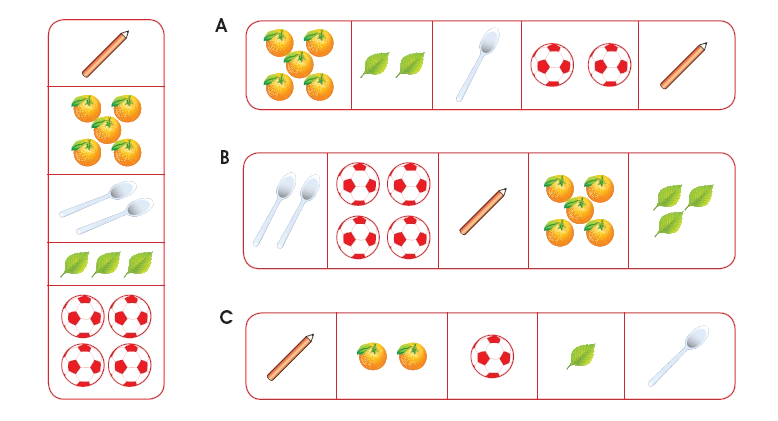
|
The learners identify the counters: stones beans, bottle tops, buttons, leaves, nylon bags, Number cards, etc. 1. The learners name six of the objects they can see in the picture. 2. The learners identied the objects in the picture they can: a) play with b) use in the classroom? 3. The learners name the fruits shown in the pictures. 4. The learners match the objects below on the left to the groups they belong to on the right. 5. The learners identified the box that has the same objects that are shown in the left column |
Being able to identify the counters: stones beans, bottle tops, buttons, leaves, nylon bags, Number cards, etc. |
| The teacher mixes the collections and asks pupils to sort them according to types. | Learners sort and classify number of objects in a group or collection according to types.
|
Sorting and classifying number of objects in a group or collection | |
| ACTIVITY 2 STEP 3 3 mins. |
The teacher guides pupils to form groups: one for stones, two for bottle tops, three for beans, four for buttons and five for balls. | Learners sort and classify the mixed collection by forming groups for objects e.g. pick a stone, pick two bottle tops etc.
a) 1 (one) pencil b) 2 (two) eggs c) 3 (three) spoons d) 4 (four) bottle tops e) 5 (five) toy cars |
Arrange given number of objects from a collection together; |
| The teacher asks pupils to a) show 1 bottle top, 2 bottle tops, up to 5 bottle tops.. b) identify the number of objects shown from the box on the left. 
c) how many objects are in each box? Say the number aloud.. 
d) read aloud the number of objects drawn in each box. 
|
Learners a) show one bottle top, 2 bottle tops, up to 5 bottle tops.. b) identify the number of objects shown from the box on the left. c) say the number of objects in each box aloud.. d) read aloud the number of objects drawn in each box. |
Show one bottle top, 2 bottle tops, up to 5 bottle tops.. | |
| ACTIVITY 3 STEP 4 3 mins. |
The teacher encourage learners to write the number 1-5 in the air and in sand by following the movement of the teacher's hand, thereafter the teacher write and reads number 1-5 on board | The learners write the number 1-5 in the air and in sand several times, there after; 1) read and write numbers 1 on the board/exercise book 
2) read and write numbers 2 on the board/exercise book 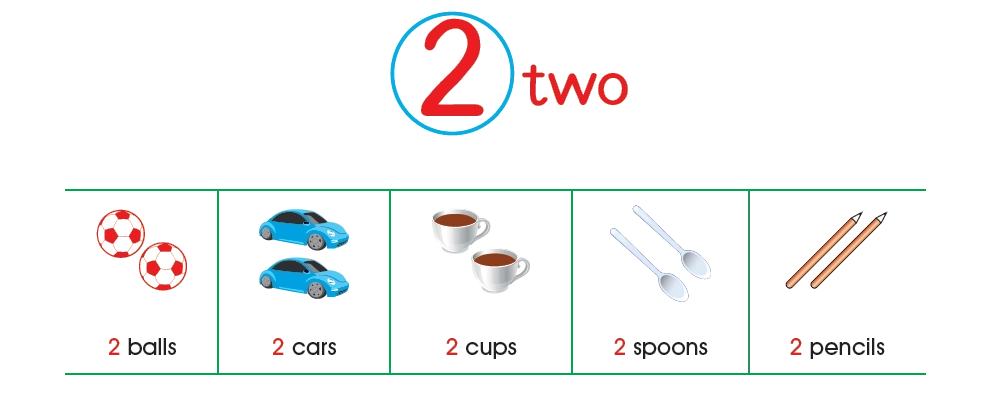
3) read and write numbers 3 on the board/exercise book 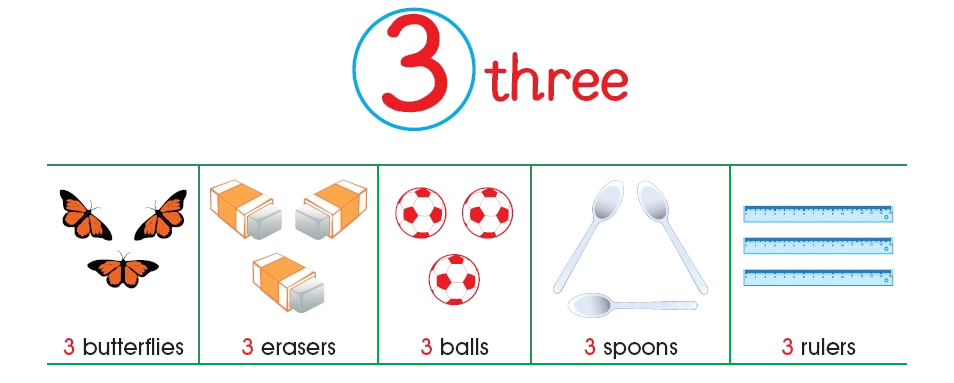
4) read and write numbers 4 on the board/exercise book 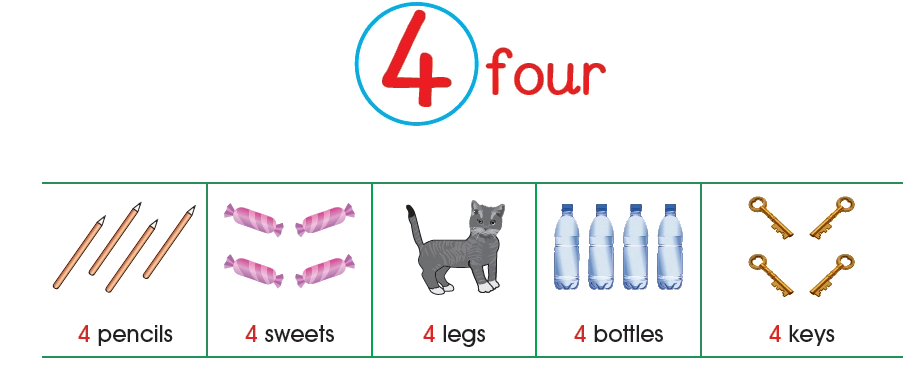
5) read and write numbers 5 on the board/exercise book 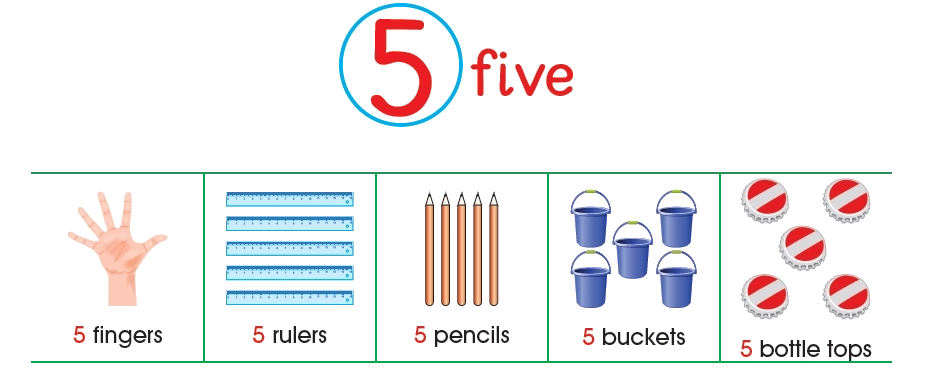
|
write numbers 1-5 on the board/exercise book |
| ACTIVITY 4 STEP 5 3 mins. |
The teacher guides pupils to write the numbers in order in their books and arrange numbers in order of their magnitude using counters and other objects. | The learners order given numbers in
order of their
magnitudes form. 1) 
2) 
|
order given numbers in order of their magnitudes form. |
| ACTIVITY 5 STEP 6 3 mins. |
The teacher guides pupils to name things that come in 1s, 2s, 3s, 4s and 5s | The learners name things that come in 1s, 2s, 3s, 4s and 5s 1) Things that come in 1s are: 
2) Things that come in 2s are: 
3) Things that come in 3s are: 
4) Things that come in 4s are: 
5) Things that come in 5s are: 
|
Things that come in 1s, 2s, 3s, 4s and 5s |
| Evaluation Full class session (5 mins) |
Ask the following questions to evaluate the achievement of the set objectives. 1) sort given number of objects from a collection from the board/exercise book 2) arrange given number of objects from a collection together from the board/exercise book 3) read given numbers on board from the board/exercise book 4) write numbers 1-5 on the board/ exercise book from the board/exercise book 5) order given numbers in order of their magnitudes form from the board/exercise book 6) name things that come in 1s, 2s, 3s, 4s and 5s |
Learners expected response: 1) sort given number of objects from a collection from the board/exercise book 2) arrange given number of objects from a collection together from the board/exercise book 3) read given numbers on board from the board/exercise book 4) write numbers 1-5 on the board/ exercise book from the board/exercise book 5) order given numbers in order of their magnitudes form from the board/exercise book 6) name things that come in 1s, 2s, 3s, 4s and 5s |
Confirming the achievement of the set objectives. |
| Conclusion, full class session (3 mins) | The teacher asks learners to trace and write each of the following. | The learners trace and write each of the following.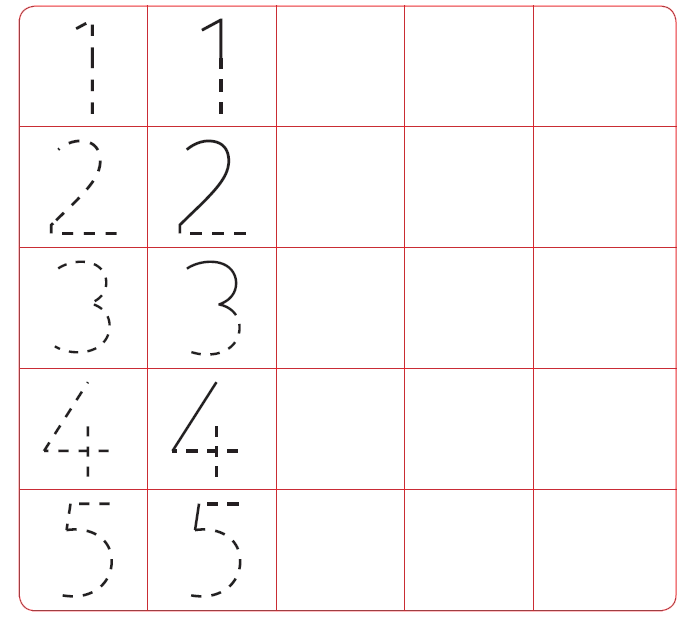
|
Communication: This is developed through answering questions verbally and interpreting the silent signs of teammates during the activities. |
|
|
|||
| ASSIGNMENT | The teacher gives learners a take home. 1) Identify the number of objects shown from the box on the left. 
2) Read out and write the number of objects drawn below in the box provided. 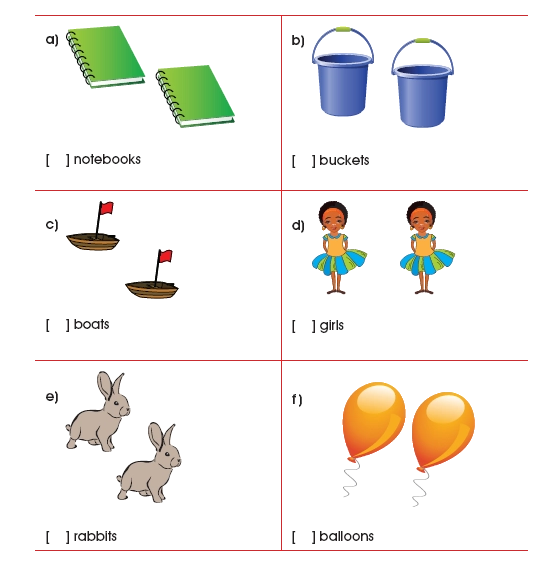
3) a) How many legs does a bird have? b) How many wings does a bird have? 4) Which baskets contain 3 coconuts? 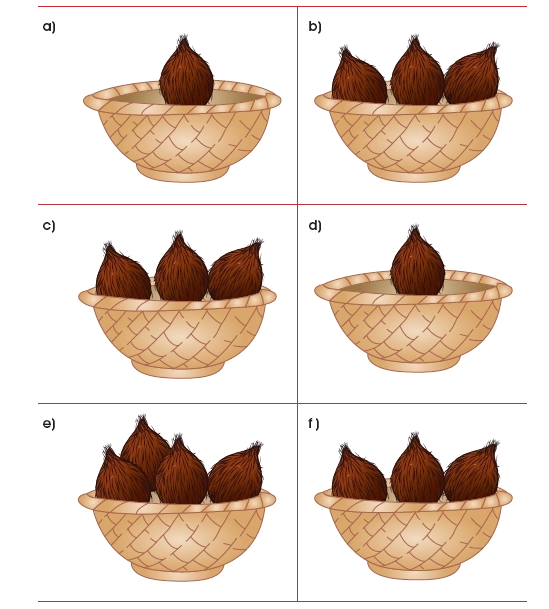
5) Which bowls contain 4 fishes? 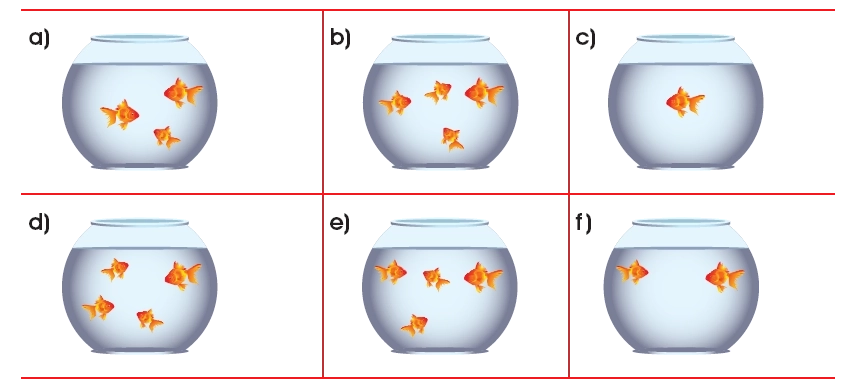
6) Which plates have 5 tomatoes? 
7) Match the groups of five objects with the numeral 5. 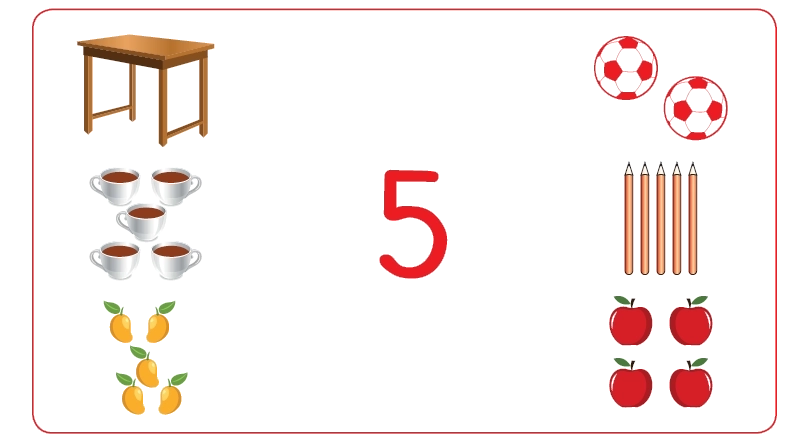
|
Learners answer other questions. 1) 1 Book; 2 Trees; 3 Rulers; 4 Pencils and 5 Pens 2) 2 notebooks; 2 buckets; 2 boats; 2 girls; 2 rabbits and 2 balloons 3) a) A bird have 2 legs b) A bird have 2 wings 4) (b); (c); (f) 5) (b); (d); (e) 6) (b); (d); (e) 7) Learners match the group of objects that have 5 objects. |
Improving their level of understanding of whole numbers 1-5. |